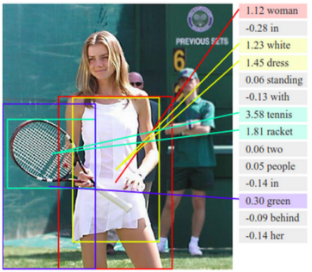This article was written by James Le.
Some examples of tasks best solved by machine learning include:
- Recognizing patterns: Objects in real scenes, Facial identities or facial expressions, Spoken words.
- Recognizing anomalies: Unusual sequences of credit card transactions, Unusual patterns of sensor readings in a nuclear power plant.
- Prediction: Future stock prices or currency exchange rates, Which movies will a person like.

Application of Recurrent Neural Network
Neural Networks are a class of models within the general machine learning literature. Here are the 3 reasons to study neural computation:
- To understand how the brain actually works: It’s very big and very complicated and made of stuff that dies when you poke it around. So we need to use computer simulations.
- To understand a style of parallel computation inspired by neurons and their adaptive connections: It’s a very different style from sequential computation.
- To solve practical problems by using novel learning algorithms inspired by the brain: Learning algorithms can be very useful even if they are not how the brain actually works.
After finishing the famous Andrew Ng’s Machine Learning Coursera course, I started developing interest towards neural networks and deep learning. Thus, I started looking at the best online resources to learn about the topics and found Geoffrey Hinton’s Neural Networks for Machine Learning course. In this blog post, I want to share the 10 neural network architectures from the course that I believe any machine learning researchers should be familiar with to advance their work.
10 Neural Network Architectures
- Perceptrons
- Convolutional Neural Networks
- Recurrent Neural Networks
- Long / Short Term Memory
- Gated Recurrent Unit
- Hopfield Network
- Boltzmann Machine
- Deep Belief Networks
- Autoencoders
- Generative Adversarial Network
To read the whole article, with illustrations, click here. For more on neural networks, follow this link.
